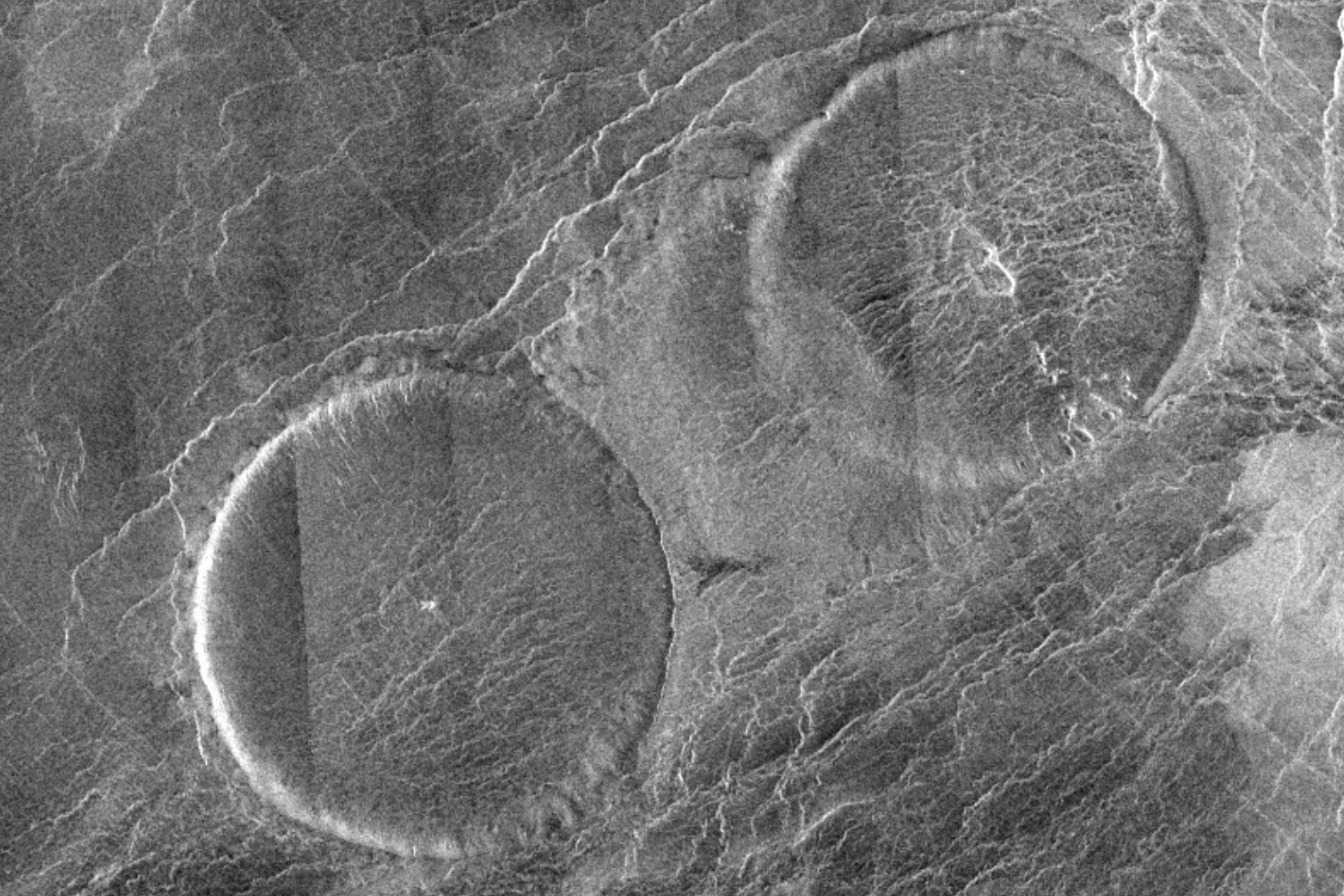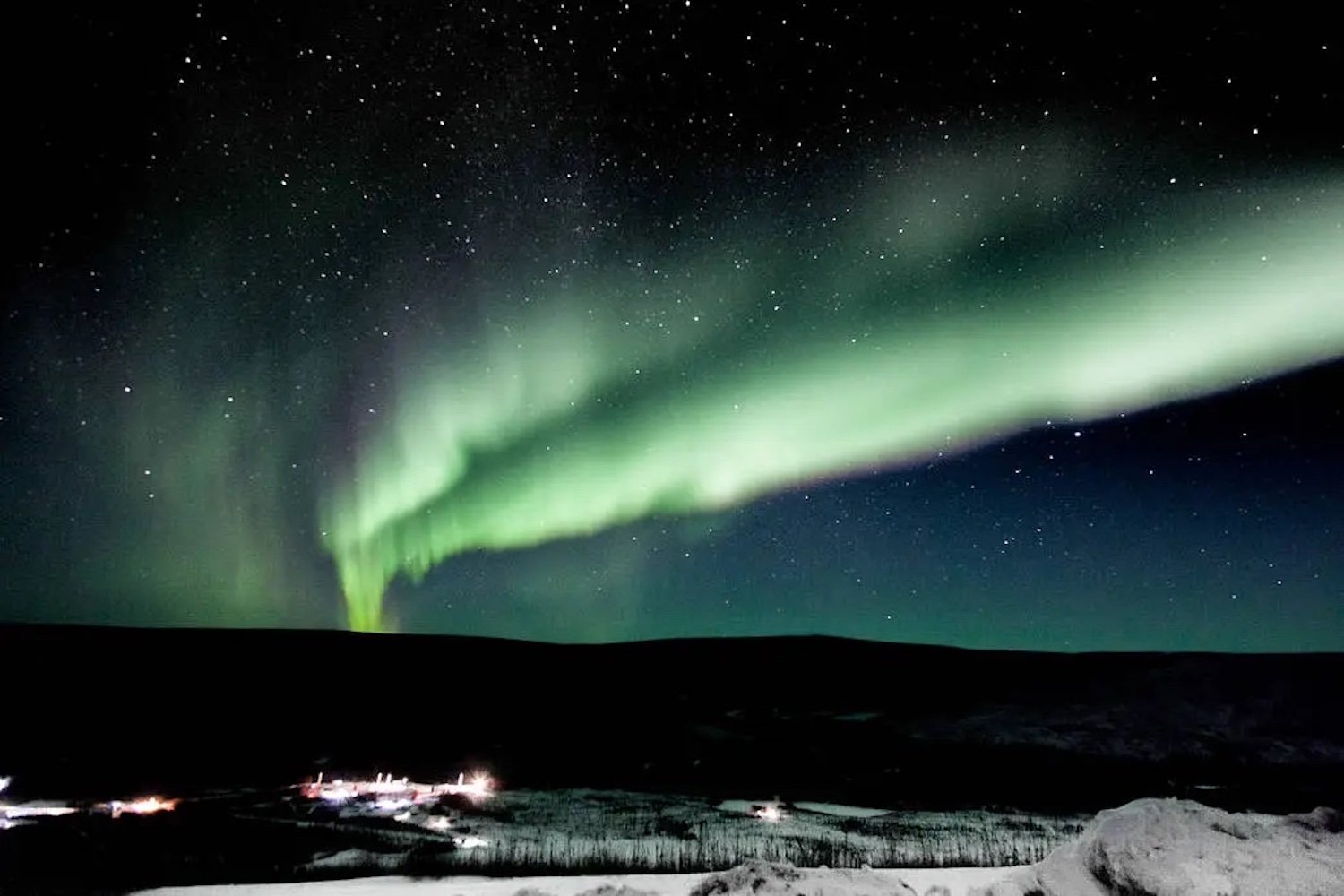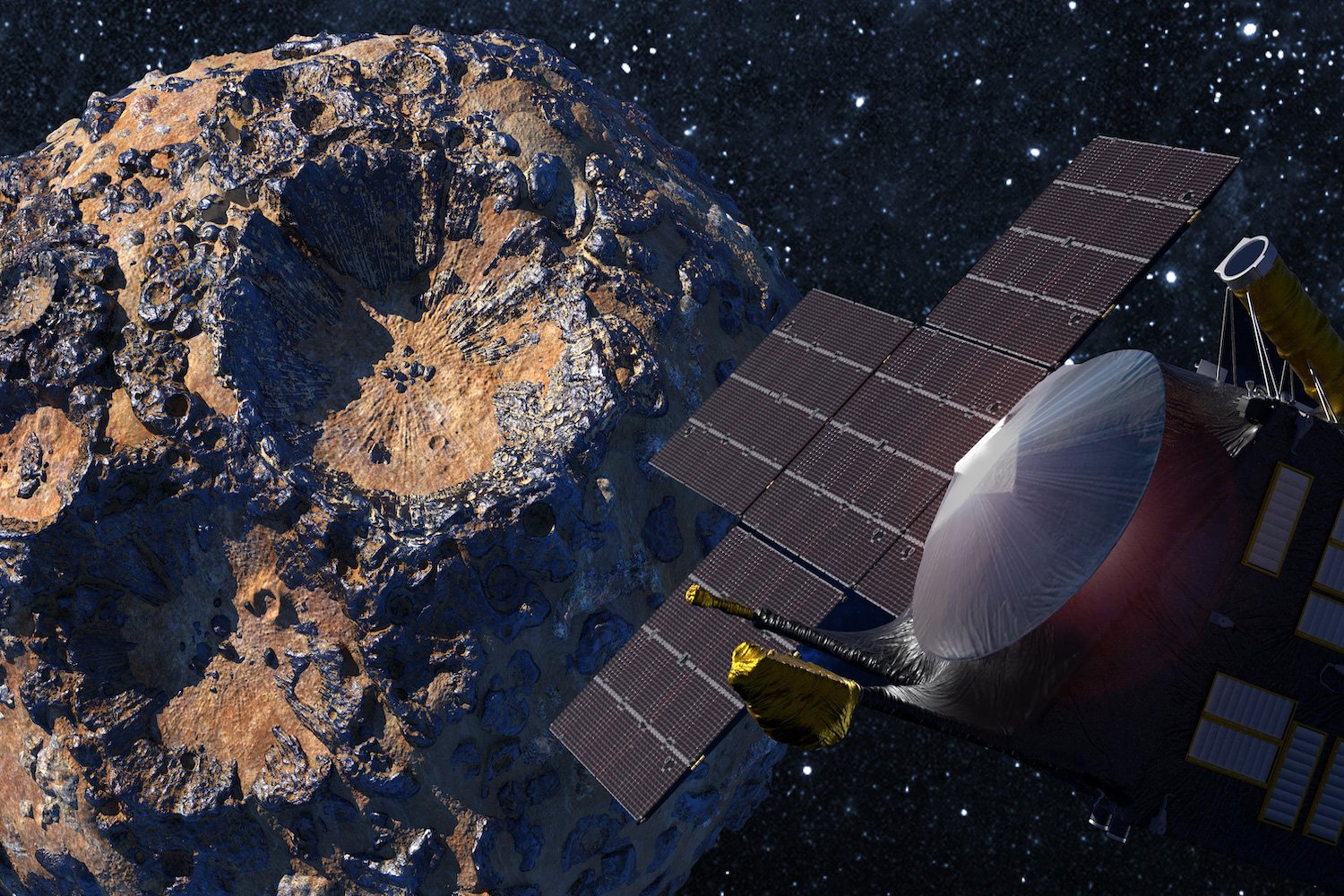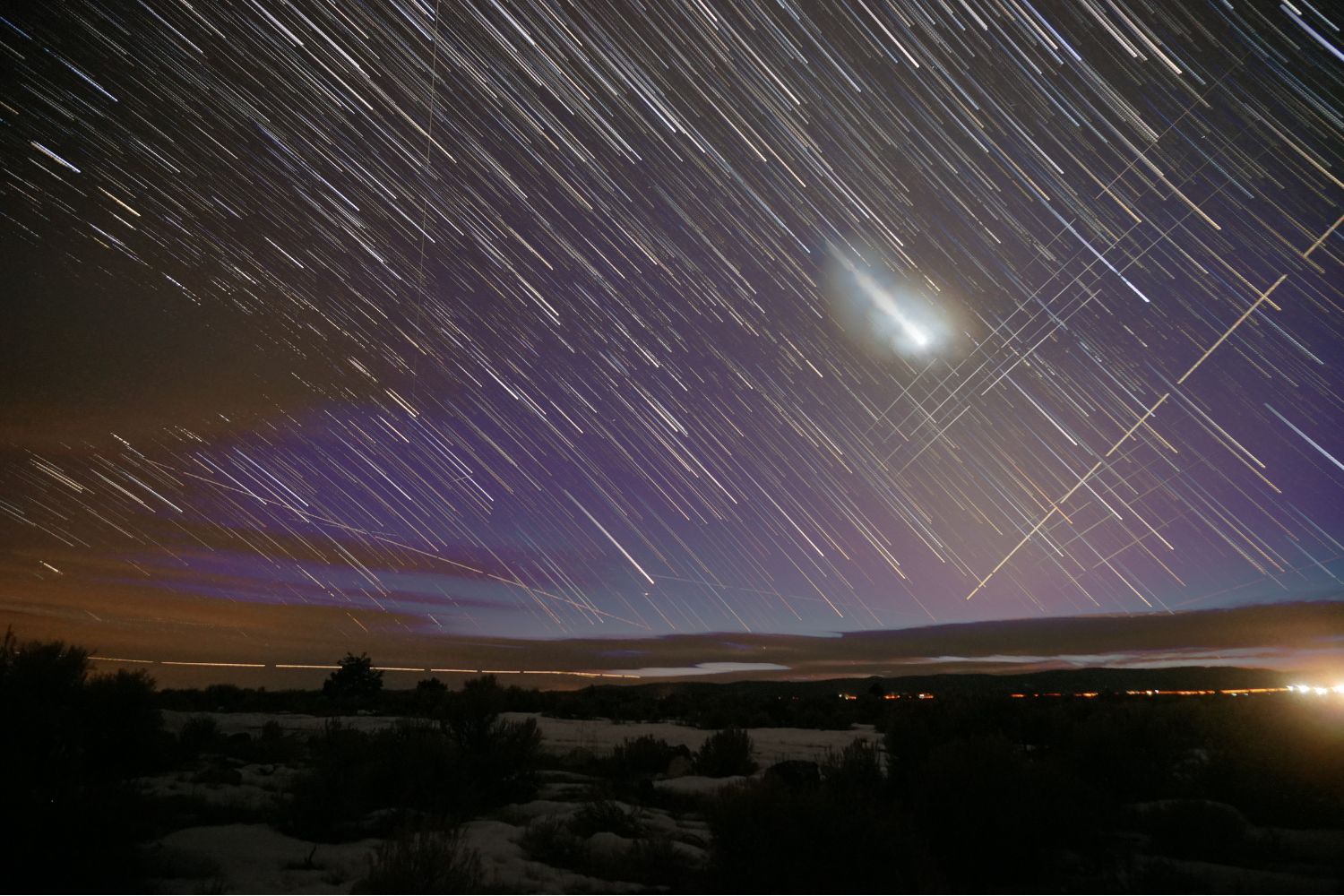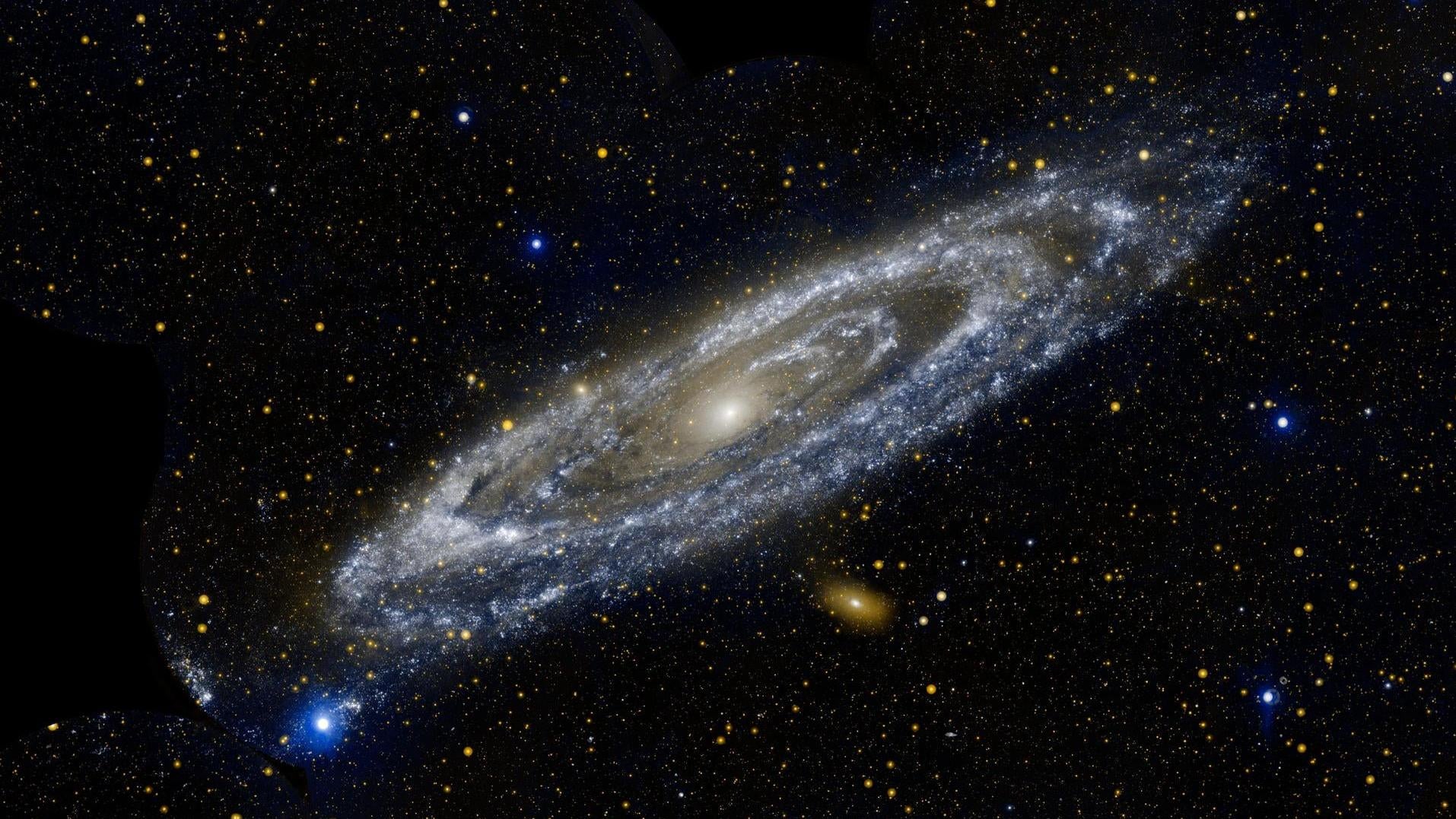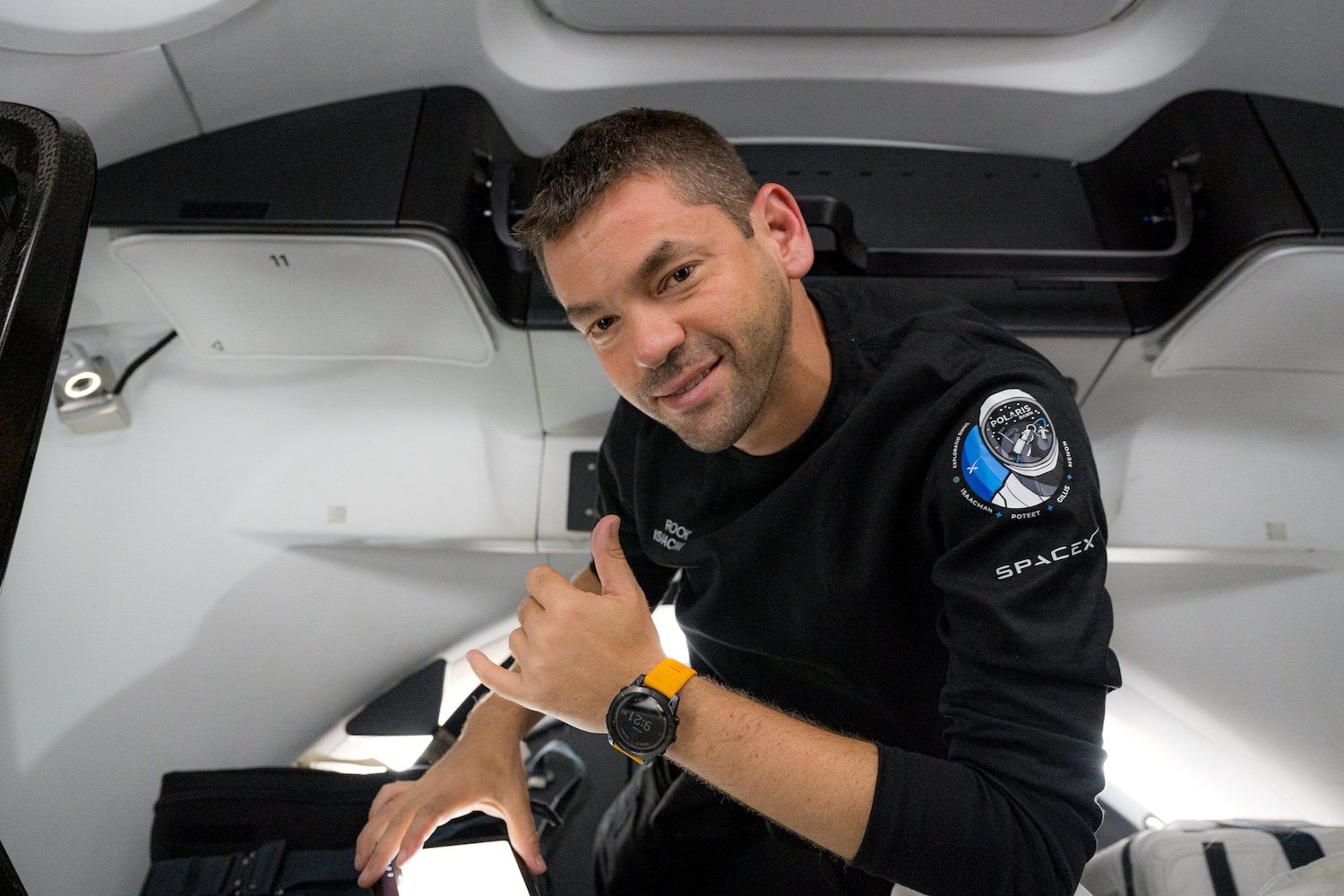Venus hosts some of the solar system’s most peculiar volcanoes: vast, flattened structures resembling giant planetary pancakes. While scientists have long suspected thick, slow-moving lava forms these “pancake domes,” a new study suggests Venus’s flexible crust plays a critical role in shaping these unique circular mounts.
The research, published in the Journal of Geophysical Research: Planets, centered on Narina Tholus, an immense dome spanning nearly 90 miles (145 kilometers). Using radar data from NASA’s 1990s Magellan mission, scientists developed a virtual model to investigate the types of lava and crustal properties that could create such a geological feature.
The findings indicate that lava composition alone cannot account for the distinct shape of these domes. “Our models show that flexure influences dome shape,” the researchers stated, “in the presence of more flexure, dome tops become flatter and sides steeper.”
Similar to how skin can dimple, Venus’s crust can deform under the weight of thick lava. When the researchers simulated lava flowing over a pliable lithosphere, the molten rock ceased spreading outward and instead piled up, forming the characteristic flat tops and steep sides observed in Venus’s pancake domes. This model also successfully replicated the crustal bulges identified around some domes in previous studies.
However, not just any lava would produce these results. The study found that only ultra-dense lava—over twice the density of water and more than a trillion times as viscous as ketchup, as reported by Live Science—could match both the dome’s morphology and the surrounding crustal deformation. Such lava, the researchers estimate, could take “up to hundreds of thousands of Earth-years” to fully emplace these colossal structures.
While the team’s model is based on a single dome and is therefore not conclusive, upcoming missions like NASA’s VERITAS or DAVINCI are expected to provide superior topographic data. This new information will allow for more extensive testing of their theory across Venus’s thousands of volcanic features.
A better understanding of these pancake domes and other volcanic formations could offer significant insights into the geological history of Venus. Often dubbed Earth’s “evil twin,” studying its divergent planetary evolution helps us comprehend why our own world became a haven for life, while Venus transformed into a scorching, inhospitable planet.



